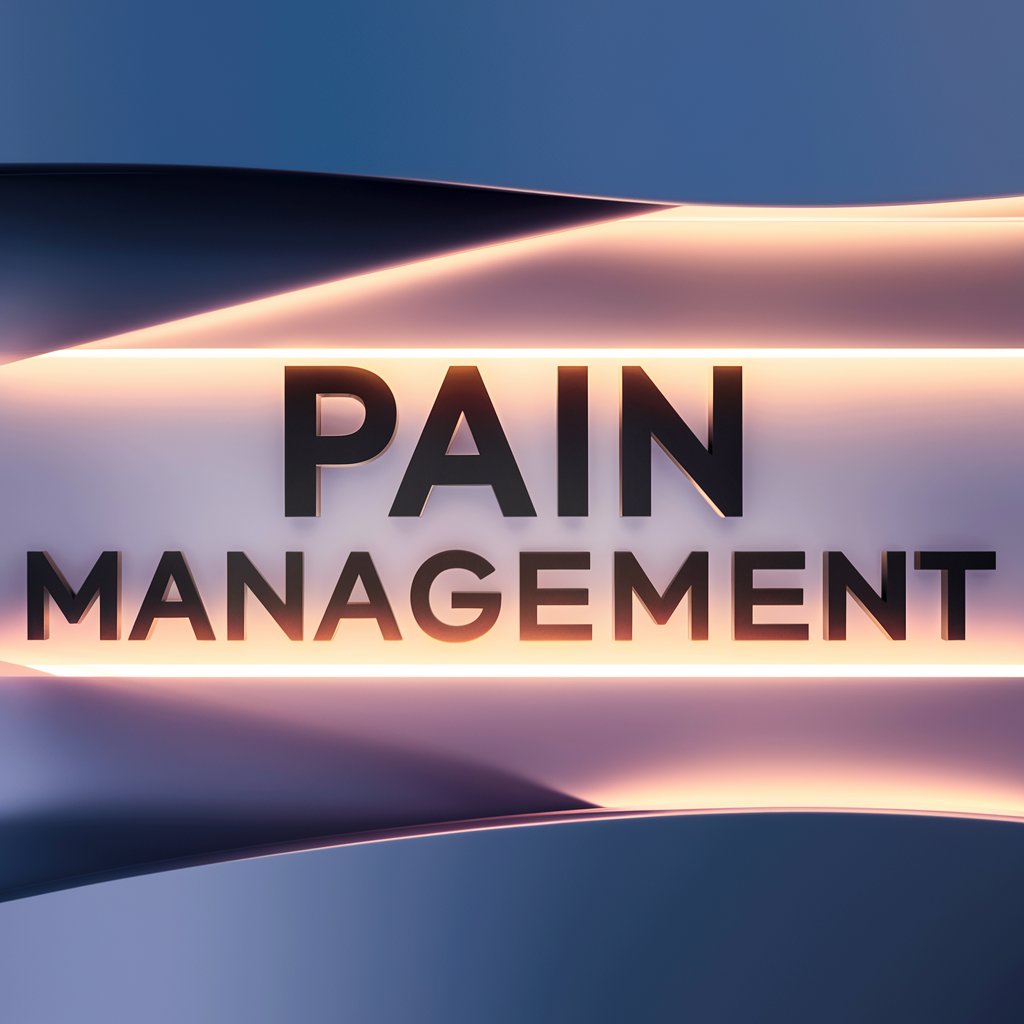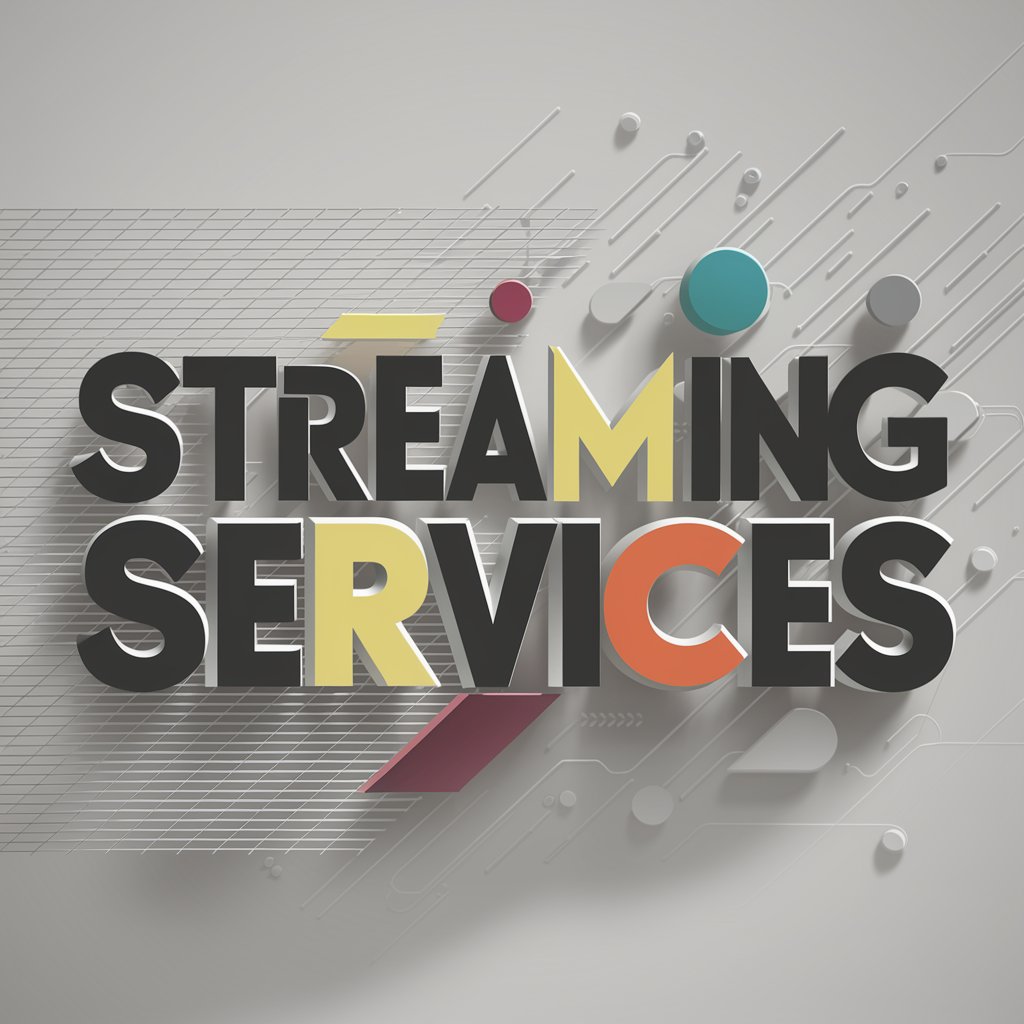When an unexpected expense comes up—whether it’s a medical emergency, urgent car repair, or a sudden job loss—you’re faced with a crucial financial decision: Should you dip into your emergency fund or apply for a fast online loan? While both options can provide immediate relief, their long-term impacts on your financial health are different.
If you’re struggling with this choice, here’s a deep dive into how emergency funds and fast loans compare, their pros and cons, and when it makes sense to use one.
What is an Emergency Fund?
An emergency fund is a financial safety net—money set aside to cover unexpected expenses. Ideally, this fund is kept in a high-interest savings account where it remains accessible but separate from your everyday spending.
How Much Should You Have in an Emergency Fund?
Financial experts typically recommend having three to six months’ worth of essential expenses saved. However, if you’re just starting, even a small buffer of $1,000–$2,000 can make a significant difference in handling minor financial shocks.
Pros of Using an Emergency Fund
✔ No Interest or Fees – Unlike a loan, using your savings doesn’t cost you anything extra.
✔ No Debt Involvement – You won’t have to worry about repayments or late fees down the line.
✔ Quick and Stress-Free – The money is immediately available when you need it, without paperwork or approvals.
✔ Protects Your Credit Score – No loans mean no risk of missed payments damaging your credit history.
Cons of Using an Emergency Fund
✘ It Takes Time to Build – Saving a sufficient buffer requires patience and discipline.
✘ Can Feel Hard to Spend – Some people hesitate to dip into their emergency savings, even when they genuinely need to.
✘ Needs Rebuilding After Use – If you deplete your fund, you’ll need to replenish it, which could take months.
What Are Fast Loans?
Fast loans, often called payday loans, cash advances, or personal loans, provide quick access to money, usually with minimal paperwork. They’re designed for urgent financial needs and are available from banks, credit unions, and online lenders.
These loans can be unsecured (requiring no collateral) or secured (backed by an asset like your car). Approval times vary but can range from a few hours to a couple of days, depending on the lender.
Types of Fast Loans
- Payday Loans – Short-term, high-cost loans usually repaid by your next payday.
- Small Personal Loans – These are More structured loans with set repayment periods, usually from banks or credit unions.
- Cash Advances – Short-term borrowing against your credit card limit.
- Buy Now, Pay Later (BNPL) Services – Platforms like Afterpay and Zip allow purchases to be split into smaller payments.
Pros of Using Fast Loans
✔ Immediate Access to Cash – Some lenders approve loans within hours.
✔ No Need to Deplete Savings – If you don’t have an emergency fund or want to keep it intact, a loan can help.
✔ Helps Bridge Gaps – In some cases, borrowing can prevent missed bills, avoiding late fees or service disconnections.
Cons of Using Fast Loans
✘ High Interest and Fees – Many fast loans come with interest rates above 20%, and payday loans can charge even higher fees.
✘ Risk of Debt Spiral – If you struggle with repayments, you may end up borrowing more to stay afloat.
✘ Can Damage Credit Score – Late payments or defaults negatively impact your credit history.
✘ Potential for Predatory Lending – Some lenders target financially vulnerable people with misleading terms and hidden fees.
Emergency Fund vs. Fast Loan: A Side-by-Side Comparison
| Factor | Emergency Fund | Fast Loan |
| Cost | No interest or fees | High interest and fees |
| Speed | Instant access | Usually within 24–48 hours |
| Credit Impact | No effect on credit score | Can lower your credit score if not repaid on time |
| Repayments | No repayments needed | Requires regular repayments, often with high fees |
| Financial Risk | No risk | Risk of falling into a debt cycle |
When to Use an Emergency Fund
- You Have the Savings to Cover the Expense – If your fund has enough money, this is exactly what it’s there for.
- The Expense is Truly an Emergency – Bills that could lead to financial or physical harm (e.g., medical emergencies, car repairs, urgent home fixes) justify using savings.
- You Want to Avoid Debt – If borrowing would add financial stress, using your savings is the better option.
- Your Fund is Easy to Replenish – If you can quickly rebuild your emergency savings, using it now makes sense.
When to Consider a Fast Loan
- You Have No Emergency Savings – If your savings won’t cover the expense and waiting isn’t an option, a loan may be necessary.
- The Cost of Delaying is Higher – If postponing the payment means getting fined, losing essential services, or harming your credit score, a loan could be the lesser evil.
- You Can Afford the Repayments – Fast loans can be useful If you’re confident you can repay the loan without financial strain.
- You’re Borrowing from a Reputable Lender – Avoid payday lenders and instead look for low-interest personal loans from banks or credit unions.
The Ideal Approach
Relying on an emergency fund is always the better long-term strategy because it saves you from unnecessary debt and financial stress. However, if you don’t have savings or face an unavoidable expense, a carefully chosen loan can help—provided you understand the costs and repayment terms.
Steps to Strengthen Your Emergency Fund
- Set a Monthly Savings Goal – Even $20–$50 a week adds up over time.
- Automate Your Savings – Use automatic transfers to move money into a high-interest savings account.
- Cut back on Non-Essentials – Redirect small spending (like takeaway coffee or subscriptions) into your fund.
- Use Windfalls Wisely – Tax refunds, work bonuses, or unexpected cash gifts should go toward savings.
- Replenish After Use – If you withdraw from your emergency fund, prioritise rebuilding it as soon as possible.
Conclusion
Emergency funds and fast loans serve different purposes—one is a proactive safety net, and the other is a reactive financial tool. If you’re prepared, an emergency fund allows you to handle surprises stress-free. If you’re caught off guard, a loan might be necessary—but it should be a last resort, not a habit.
The best way forward? Start building your emergency fund today, even if it’s just a few dollars at a time. Your future self will thank you when the next unexpected expense arrives.






